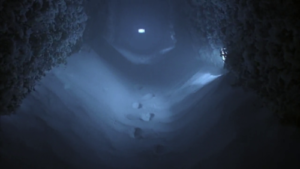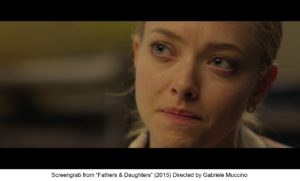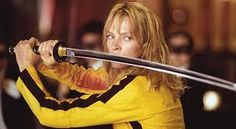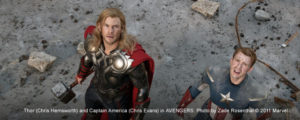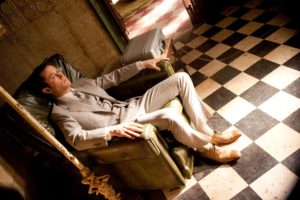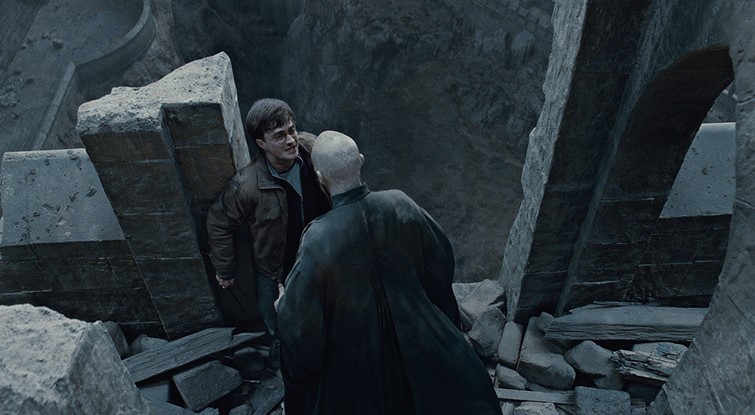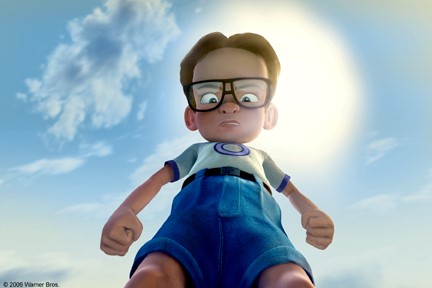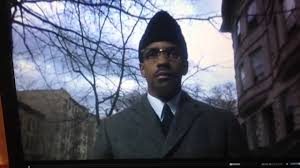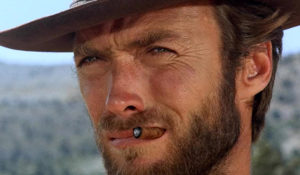Symmetry was used continuously throughout The Shining (Stanley Kubrik, 1980). One particular part of this is using symmetry to connect Jack Nicholson to the hotel staff. By using similar movements to the staff, Nicholson is seen as one of the staff workers them self, as if the hotel is slowly absorbing him – this is further reinforced right at the end when we see Nicholson in the photo in the hotel as if he is ad always has been part of the hotel.
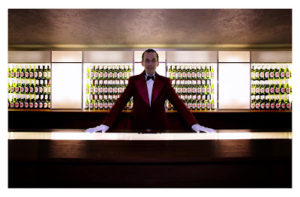

In this particular example, both the hotel staff and Nicholson are seen to be in red clothes and are situated in the middle of the frame, this creates the symmetry that links Nicholson to the hotel and makes him a part of it.
Additionally the use of symmetry creates a sense of duality. This is especially seen through the use of mirrors. There are mirrors everywhere in the movie. This reveals to the audience the ameliorative and the pejorative sides of Nicholson. It is giving Nicholson two different personas: the loving father and husband who is taking care of the hotel, and the malicious,crazy murderer.
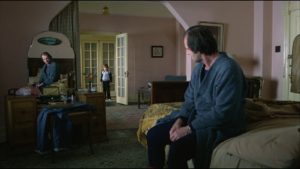
Furthermore the use of symmetry is evidenced along with mirrors to show Danny’s ghost/imaginary friend “Tony” who speaks through Danny and takes the form of his wiggling finger. Here we have a shot where Danny is being reflected into the mirror showing Danny and “Tony”. Once again this is showing Danny’s alternate persona – Tony. We do not know of Tony’s intents however Danny relies on him for help in certain situations so therefore they seem to have different personalities and do seem to be separate people in one body.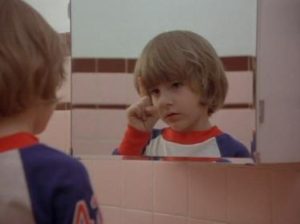
Finally the famous scene of the two girls at the end of the blue hallway standing in near perfect symmetry is significant because it creates a sense of disquietude and uneasiness. Nature is not naturally very symmetrical and this paired with the uncomfortable, unexplained appearance of the girls furthermore creates a sense of nervousness.
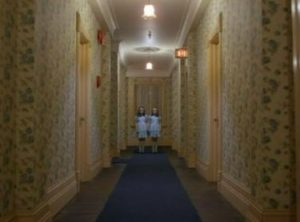
Use of “Steadicam” in “The Shining”
The Shining (Stanley Kubrik, 1980) uses the steadicam in many scenes, however one scene that really stood out to me was the scene in which Danny is riding his tricycle through the corridors. This gives the scene a very smooth flow and the camera imitates the movement of Danny on his tricycle as if Kubrik wants the audience to feel similar to Danny when he is scared by the girls. The camera is quite low and makes the audience feel vulnerable since everything is towering over them.
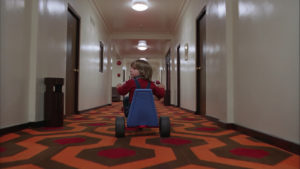
This is not the only use of Steadicam in the film, in-fact, it is also used in the final chase scene in the snowy maze. Once again, since the Steadicam is filmed from a child’s height, when following Nicholson it makes the audience feel smaller and more vulnerable. It also creates a sense of verisimilitude when first person perspective is used as it makes the audience experience the distress and impatience that Nicholson is feeling as he is desperately looking for Danny.
